Having a well-optimized blog is crucial for attracting organic traffic and reaching a wider audience.
This is where Blog SEO comes into play.
Blog SEO refers to the practice of optimizing a blog's content, site architecture, and HTML code to improve its visibility and ranking on search engine result pages (SERPs).
In this comprehensive guide, we will delve into the various aspects of Blog SEO and discuss best practices to help you drive traffic to your posts and enhance your blog's performance.
Here is what you will read in this article:
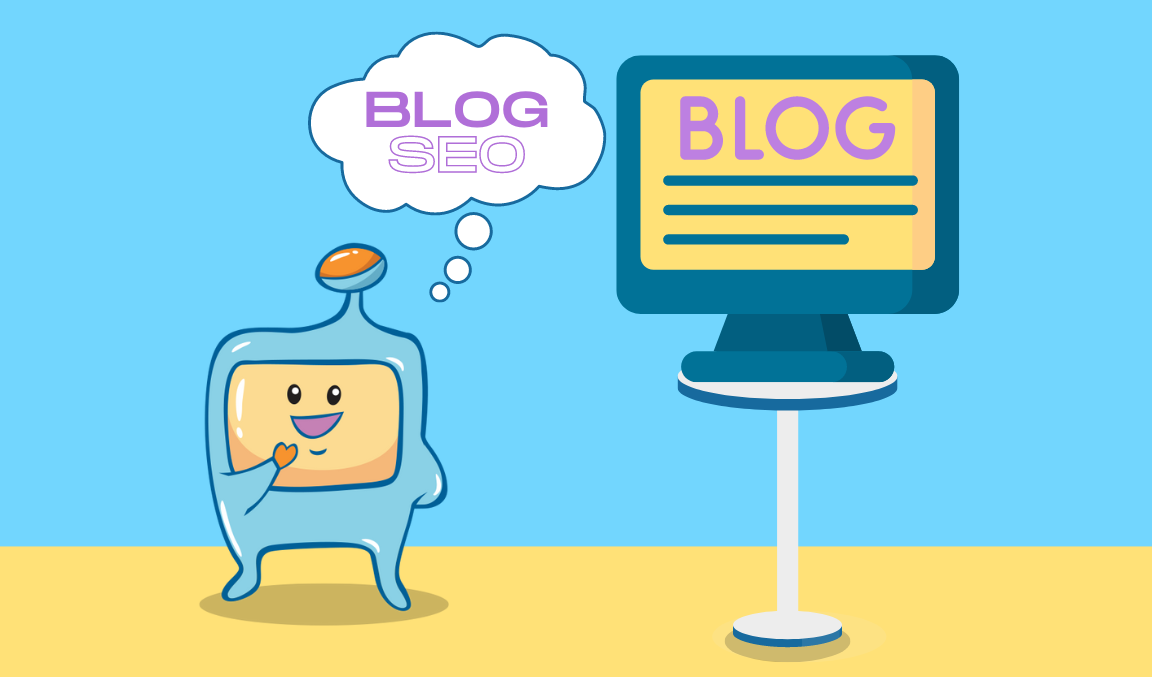
Before we delve deeper, let's clarify what Blog SEO entails.
Blog SEO is a holistic approach that involves optimizing several elements of your blog to make it more search engine-friendly.
This includes on-page optimization, installing SEO plugins, improving page loading speed, internal linking, and more.
By implementing effective Blog SEO strategies, you can increase your blog's visibility on search engines and attract organic traffic from relevant search queries.
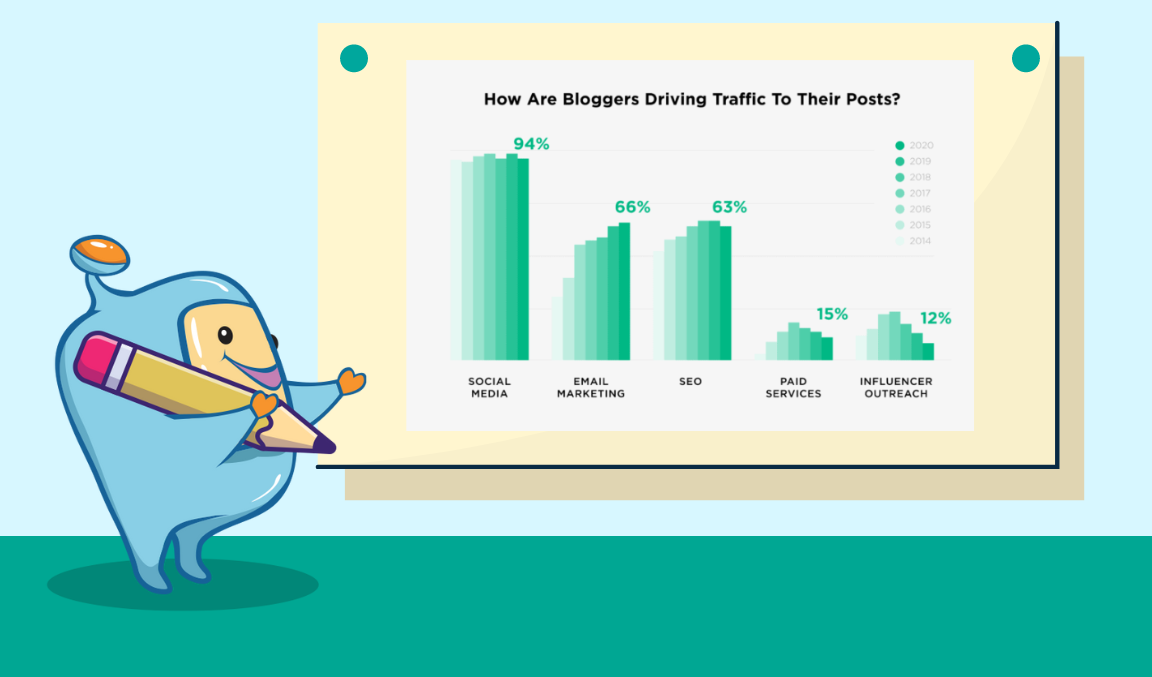
Blog SEO plays a pivotal role in driving traffic to your blog.
According to a recent survey of over 1000 bloggers, SEO was ranked as the third most important source of traffic, just behind email marketing.
Search engines, such as Google, serve as a significant source of traffic for blogs.
Without implementing Blog SEO practices, your blog's growth may be hindered, and it may struggle to gain visibility among your target audience.
Successful bloggers employ various techniques to drive traffic to their blog posts.
While social media platforms, email marketing, and direct traffic contribute to their overall traffic, search engines remain a vital source.
In fact, search engines like Google can send a significant amount of targeted traffic to your blog.
For instance, Backlinko receives over 396,000 visitors per month from Google alone.
This highlights the power of Blog SEO in generating high-quality organic traffic.
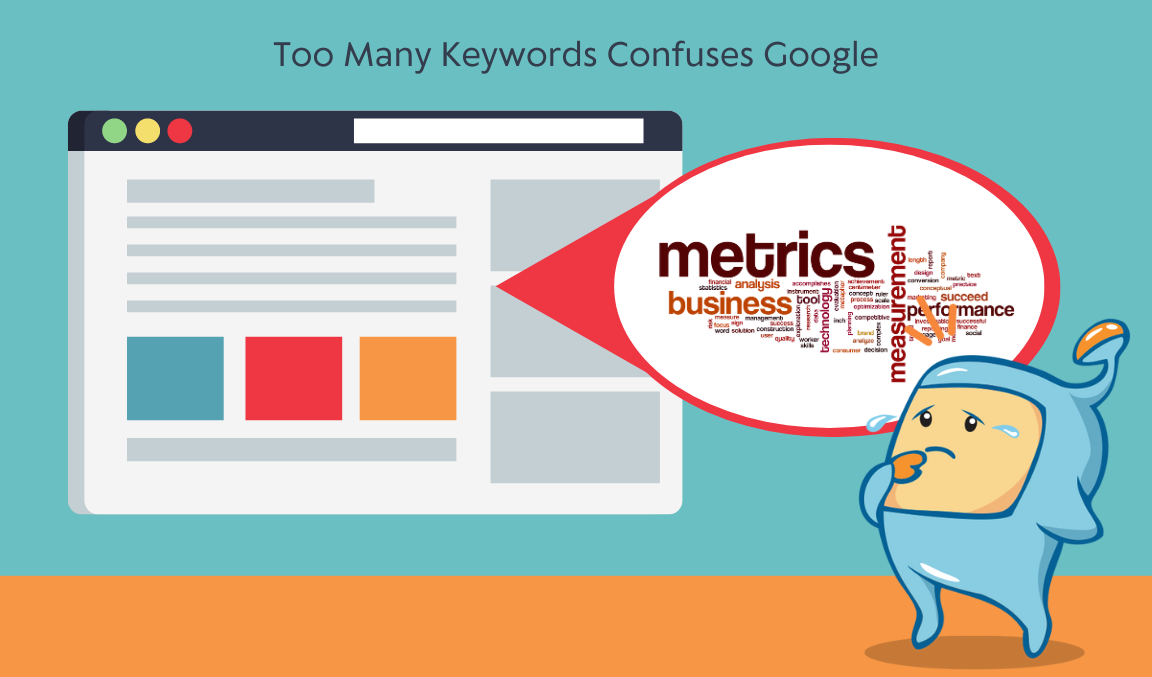
To optimize your blog effectively for SEO, it is important to follow best practices that align with search engine guidelines.
Here are some key practices to consider:
Every blog post you publish should be optimized around one primary keyword.
Focusing on multiple keywords can confuse search engines and dilute the relevance of your content.
By centering your post around a single keyword, you enable search engines, like Google, to easily understand the main topic of your post.
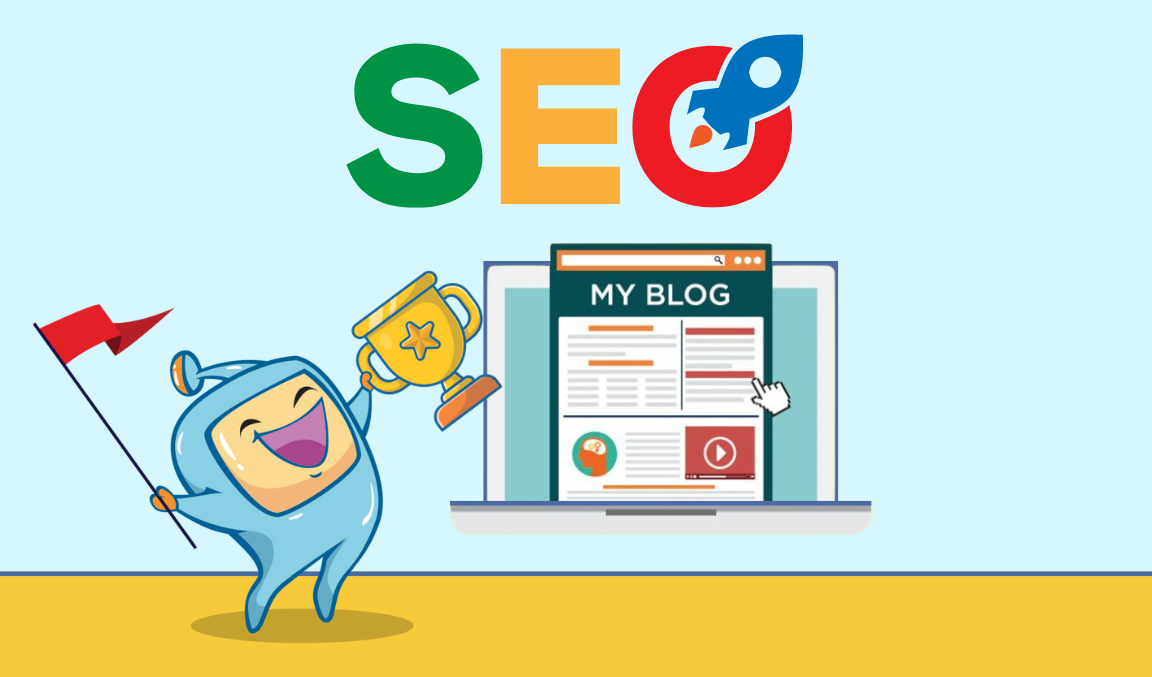
When optimizing your blog post, there are several key areas where you should include your target keyword:
The title of your blog post plays a crucial role in SEO.
Include your primary keyword in the post title and ensure it is also present in the HTML title tag.
Search engines, particularly Google, place significant emphasis on terms found in title tags.
Mention your keyword naturally in the introduction and conclusion sections of your blog post.
While it may not have a substantial impact on SEO, it can contribute to on-page optimization.
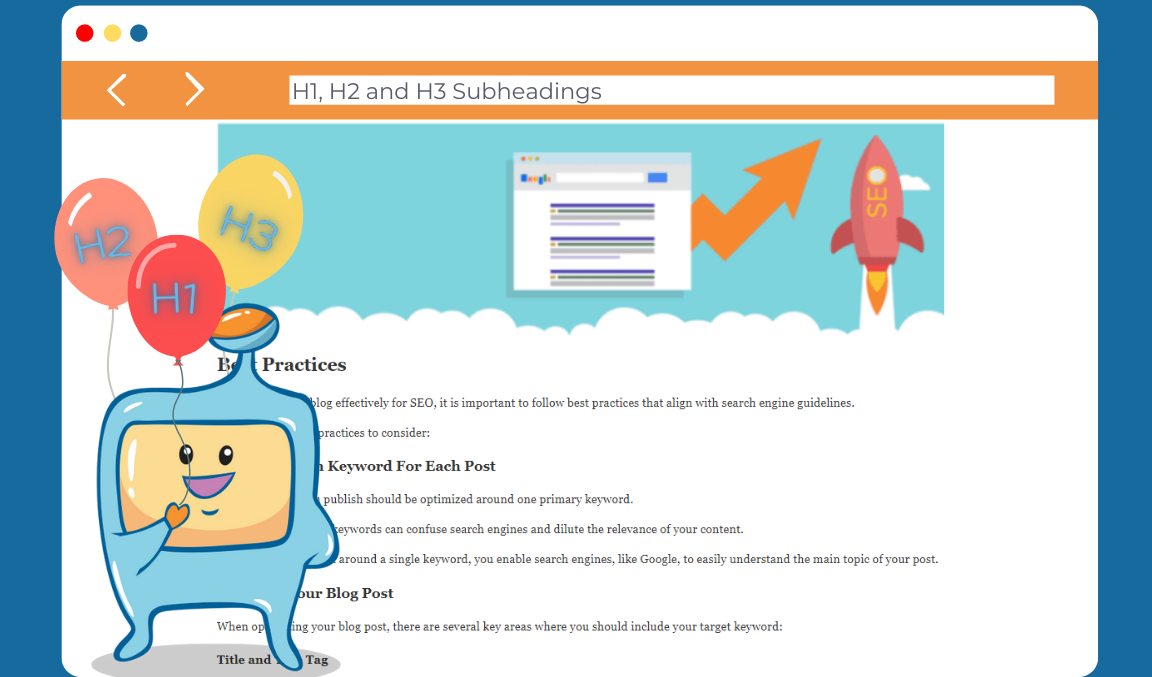
Utilize your target keyword in H1, H2, and H3 subheadings within your blog post.
This helps search engines understand the structure and relevance of your content.
Most WordPress themes automatically assign the H1 tag to your post title.
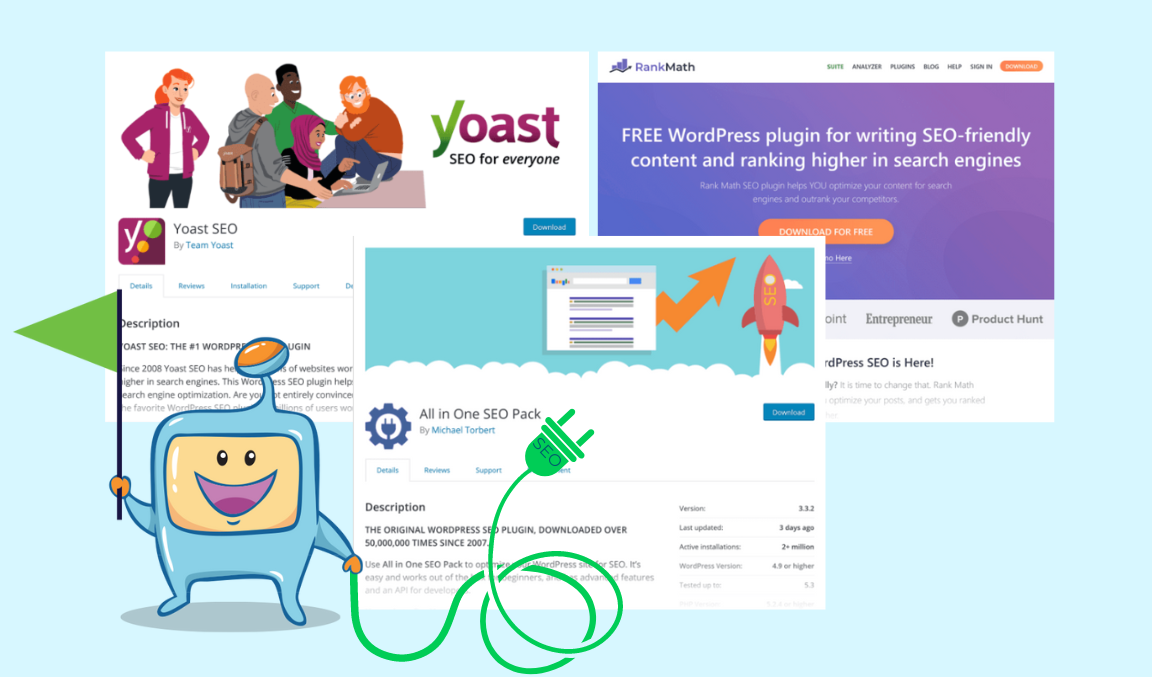
Implementing SEO plugins can significantly assist in optimizing your blog.
Popular options like Yoast SEO, All In One SEO, RankMath, and others provide features that help optimize your title and description tags, create XML sitemaps, improve site structure, and compress images for faster page loading.
These plugins simplify the process of optimizing your blog and ensure that important SEO elements are in place.
If your blog is part of a larger website or if you offer products or services alongside your blog, it's recommended to place your blog in a subfolder rather than a subdomain.
For example, instead of using "blog.example.com," use "example.com/blog." This approach is more SEO-friendly and can help consolidate the authority and rankings of your entire website.
Long and complex URLs can be detrimental to both user experience and SEO.
It's advisable to create short, concise, and descriptive URLs for your blog posts.
Avoid including unnecessary parameters or dates in the URL structure.
By using evergreen URLs that contain relevant keywords, you enhance the readability and search engine friendliness of your blog's URLs.
Meta descriptions may not directly impact SEO rankings, but they play a crucial role in attracting clicks from search engine users.
Craft custom meta descriptions for each blog post, focusing on enticing and concise summaries that encourage users to click through to your content.
Although the meta description doesn't impact search engine algorithms, it can significantly impact organic click-through rates (CTRs).

Utilizing internal links within your blog posts is an effective white-hat SEO technique.
When creating new content, ensure that you include 5-10 internal links to older posts on your site.
Likewise, go back to your older posts and add 5-10 internal links pointing to your new post.
Use anchor text that accurately describes the linked content.
Internal linking enhances the discoverability of your posts and improves the overall SEO structure of your blog.
Category and tag pages often contain duplicate content, which can lead to SEO issues.
To address this, it's recommended to apply the "noindex" tag to category and tag pages.
By preventing search engines from indexing these pages, you avoid potential duplicate content penalties.
However, if certain category or tag pages drive significant traffic to your website, it may be beneficial to keep them indexed.
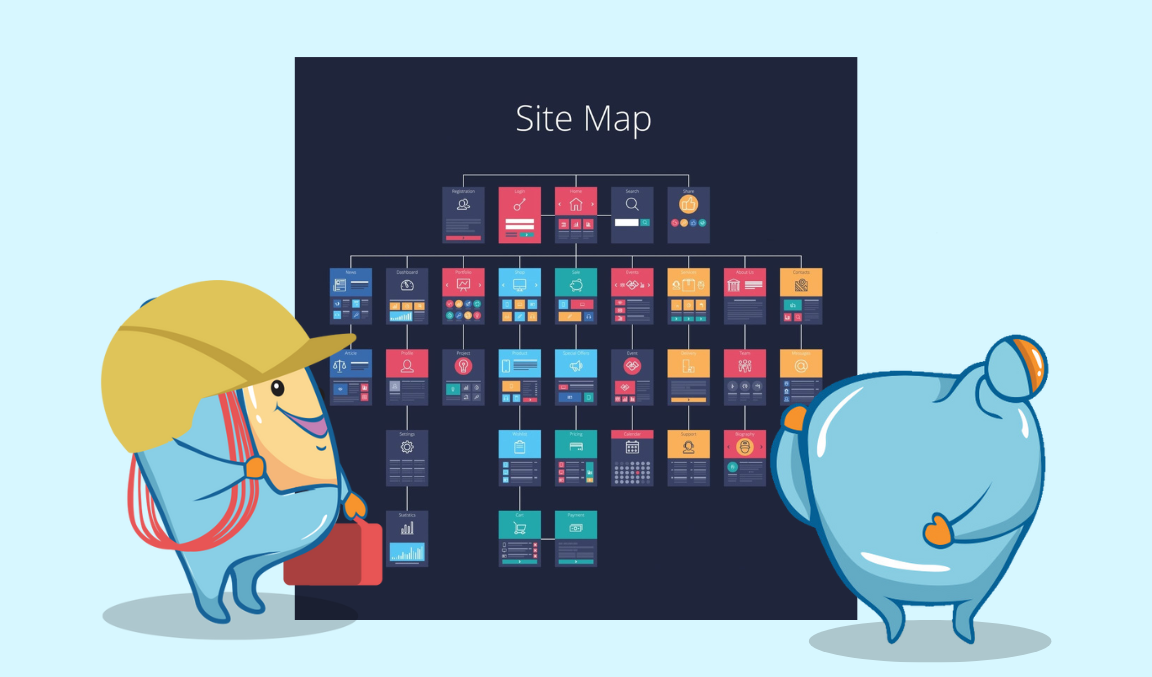
A blog sitemap is a file that lists all your blog posts and pages, helping search engines crawl and index your content more efficiently.
Most SEO plugins generate a sitemap automatically, ensuring that all your blog posts are included.
Submitting your sitemap to search engines, such as Google Search Console, aids in the discovery and indexing of your blog's content.
Google Search Console (GSC) is an invaluable tool for monitoring and analyzing your blog's SEO performance.
Utilize the Performance Report in GSC to identify the keywords your blog ranks for and track click-through rates.
The Coverage and Sitemap sections provide insights into the indexation status of your blog's pages.
Regularly checking GSC allows you to identify and address any SEO issues and track the overall health of your blog's SEO.
Featured Snippets are highly visible snippets of content displayed at the top of Google's search results.
Optimizing your blog posts for Featured Snippets can increase visibility and attract more traffic.
Identify the types of Featured Snippets you want to target, such as definition snippets or list snippets.
Craft content that aligns with these snippets by providing concise definitions or utilizing subheadings for list-style snippets.
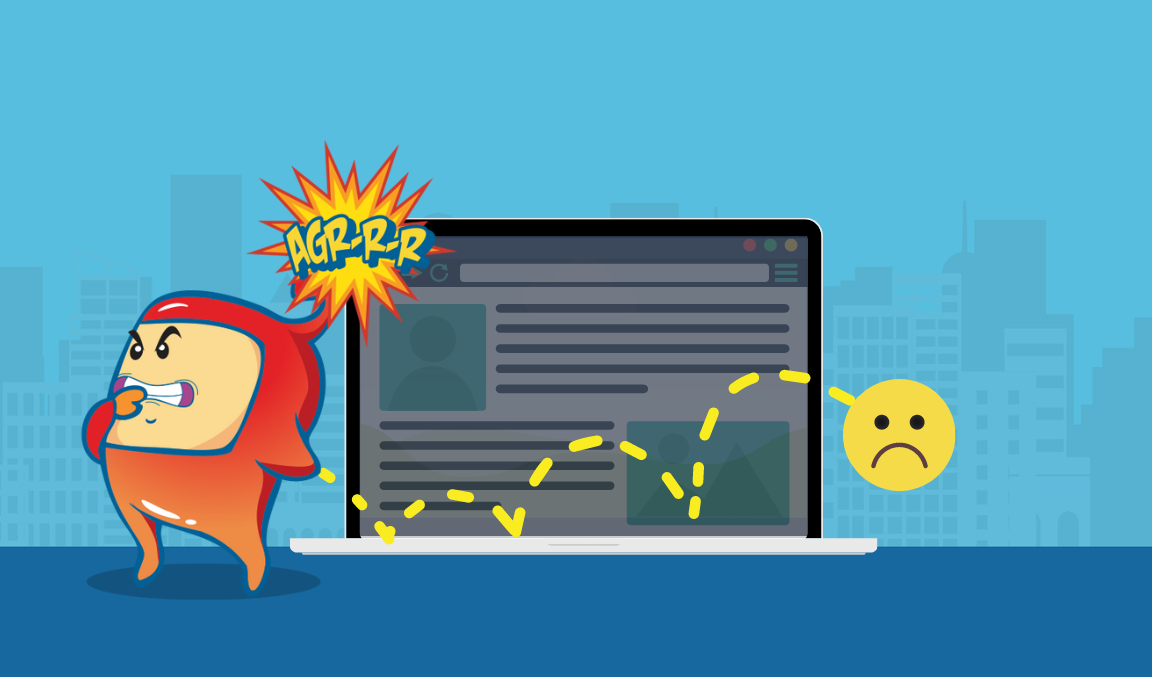
Although the direct impact of bounce rate on SEO rankings is debatable, reducing your bounce rate can improve user engagement and potentially lead to higher rankings.
Bounce rate refers to the percentage of visitors who leave your blog after viewing only one page.
To decrease bounce rate, focus on delivering high-quality, relevant content that matches the search intent of your target audience.
Engaging and informative articles, clear navigation, and an appealing blog design can all contribute to keeping visitors on your site for longer periods.
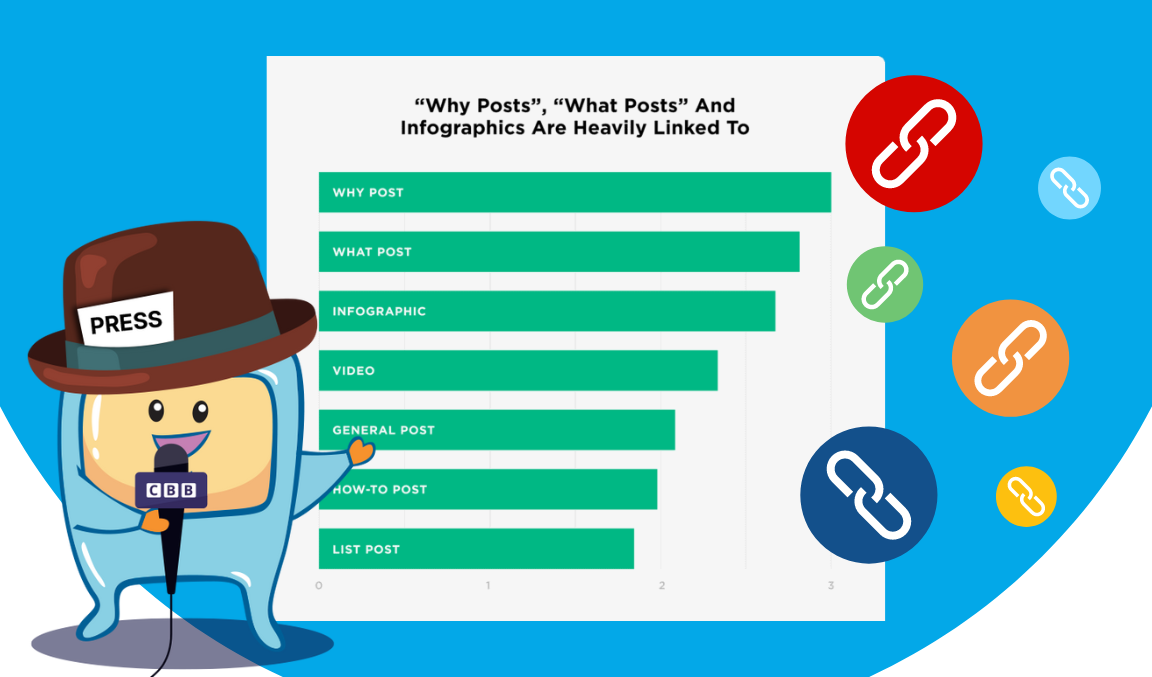
To enhance the authority and visibility of your blog, it's essential to build high-quality backlinks.
When planning your content strategy, consider creating content that is particularly valuable for link building purposes.
Certain types of content tend to attract more links, such as comprehensive guides, in-depth research studies, expert interviews, and visually appealing infographics.
By consistently producing link-worthy content, you increase the chances of acquiring valuable backlinks from reputable websites, which can significantly boost your blog's SEO performance.
Optimizing your blog for SEO is an ongoing process that requires attention to various elements.
By implementing the best practices outlined in this guide, you can enhance your blog's visibility, attract targeted organic traffic, and improve your rankings on search engine result pages.
Remember to focus on optimizing individual blog posts with relevant keywords, utilizing SEO plugins, improving site structure, and monitoring your SEO performance through tools like Google Search Console.
Additionally, prioritize creating engaging and valuable content that resonates with your target audience and encourages link building.
By incorporating these strategies into your blog SEO efforts, you can establish a strong online presence, drive traffic, and achieve long-term success with your blog.